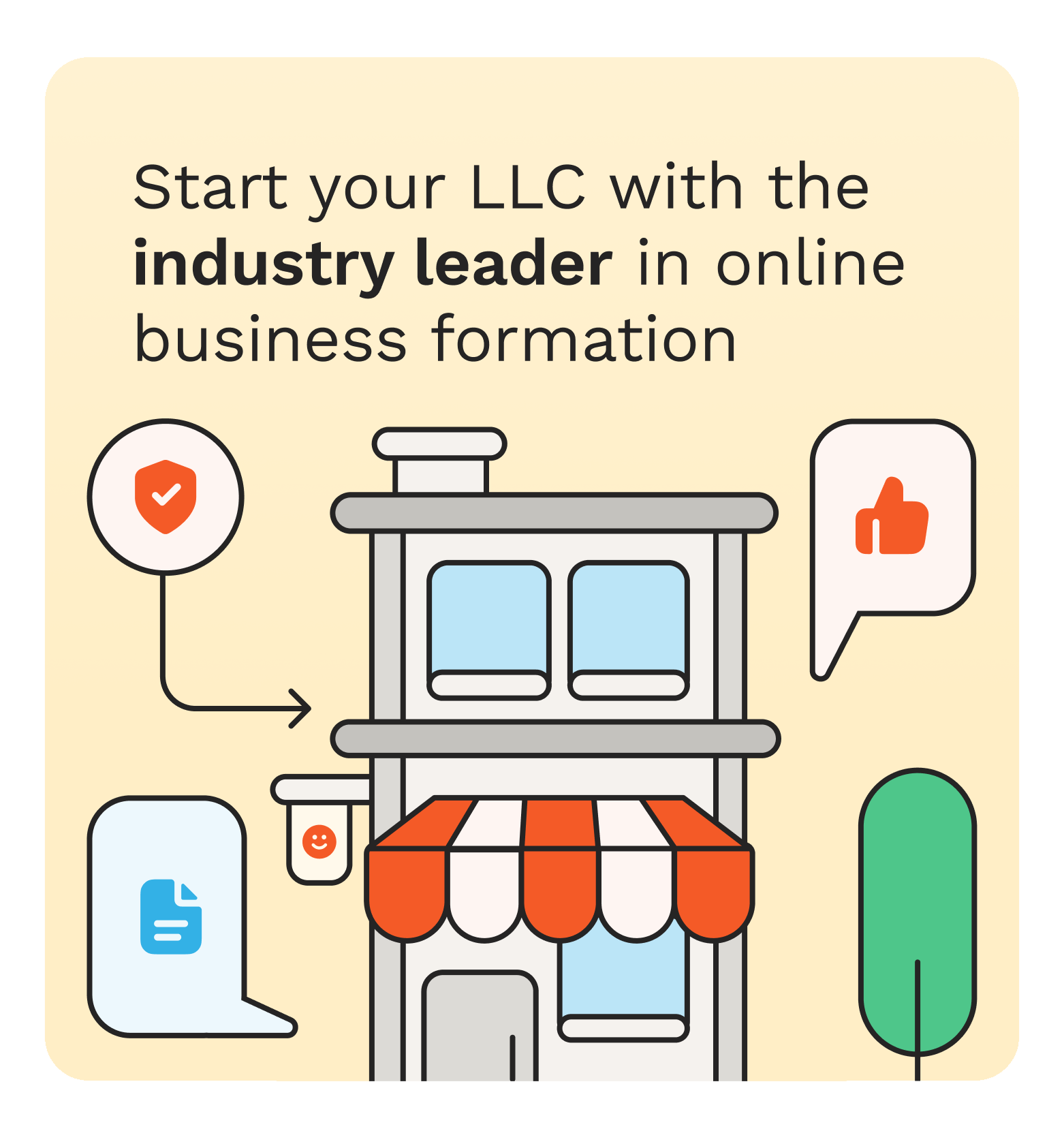Recent global events have put some traditional work practices in question. Modern life requires more flexibility, quick thinking, and fast adaptation to succeed, forming new trends that comply with the conditions. Companies strive to adapt as it gives a competitive advantage in hiring the best candidates and maintaining the reputation of a well-developed workplace. There are a lot of changes and additions that need to be incorporated into the working culture to ensure productivity and yield the expected results. What is a workplace trend, and which of them should be adapted in the first place?
Workplace Trends and How to Approach Them
Workplace trends are changes that are actively happening or likely to happen soon in the business environment. They occur as a reaction to shifts in modern life in general and reflect the global evolution of social, cultural, and political paradigms, bringing something new and cutting off what doesn’t work anymore. Overall, these trends are developing simultaneously in many industries and quickly spread across the business world. The most progressive companies don’t resist the current and adjust to the new reality for their benefit. Others who try to look up to the leaders should also put effort into implementing recent developments in their corporate culture to compete successfully.
The competition is not the main aspect here, however. The ultimate goal here is to provide employees with a decent work environment to boost their productivity and work satisfaction. While not every trend developed as beneficial for either party, some of them have passed the test of time and are a recognized practice now. When understood and used correctly, workplace trends can be of use to a modern business, leading to its sustainability and success.
Recent Workplace Trends Every Company Should Be Aware Of
1. A hybrid working model
The latest noticeable shift has started with the pandemic, rendering traditional working models ineffective and outdated. With people locked in their homes, old working schedules and models needed an update to align with the new reality. Working from home brought relief for many and posed the question of whether every employee must attend an office every day. Many businesses decided this new working model is rather beneficial than not and stuck to it since.
Although the pandemic is mostly over, it’s evident that something similar may happen again. This has brought to life a hybrid working model that seems to be gaining more popularity nowadays. It provides more comfortable working conditions for many, saves commute time, and still allows for team bonding through regular in-person office meetings. It adds variety to the working process for those who appreciate it while providing others with much-needed solitude to fully concentrate on the task.
2. Clear and open communication
With teams located in different places, it is important to maintain centralized communication protocols to ensure there are no misunderstandings or confusion. Every team and team member should be able to clarify details and specify requirements, communicate concerns, and get timely updates on the progress. Streamlined communication channels and their availability for the workforce are important when employees are spread across several time zones.
Another crucial point for international teams is cultural differences that may bring confusion to work or regular communication. An employer should encourage a healthy working environment in which every misunderstanding is to be communicated clearly and openly.
1. AI tools and their impact on business processes
The impact of AI on our daily and work lives is hard to overestimate. From delegating routine tasks and helping with lacking in the creative department to making complex calculations, artificial intelligence makes our lives easier and our work more efficient. Companies are eager to make as many processes as possible automated and employees have mixed feelings about the whole deal.
While it is reasonable to outsource simple tasks to AI and readjust employees’ areas of competence, some working activities should remain in people’s hands. The first thing that comes to mind is the hiring process, which can indeed be significantly facilitated thanks to AI, but interviews are still better performed by humans.
Many companies still struggle to find a working balance between heavily relying on AI performance and keeping people as the main workforce. The best solution is yet to be found.
2. Prioritizing a healthy work environment
Competition can be toxic and taxing when over-pushed, while healthy rivalry is beneficial for productivity. Modern professionals should seek peace and cooperation in the workplace, avoiding those that are too intense and stressful. Life is not easy nowadays and employers who understand the impact of unhealthy working dynamics on productivity ensure certain standards of behavior are in place and intentional conflict-makers are kept out. Mental well-being is crucial for effective team and individual work.
3. Flexible schedules
Many companies have already dropped 8-to-5 working shifts and now give employees time brackets to choose from. Most tasks do not require the entire team to be at the same place at the same time, so it is possible for employees to independently decide when their working day begins. At the same time, many companies are result-oriented now which allows employees certain freedom as long as they deliver what they should.
1. Constant learning opportunities
It was never possible to succeed without personal and professional development; in recent times, however, the ability to quickly learn and adapt is crucial as life changes fast. Companies that encourage and contribute to employees’ education make a great investment in successfully overcoming future challenges that are yet hard to predict. Even more, a company that provides resources and opportunities for personal and professional growth has higher retention rates and a decreased turnover.
2. Workplace culture
It’s not uncommon for modern talents to consider a company’s culture when choosing an employer. Values matter, as do social responsibility and dedication to utilizing safe business practices and maintaining an overall healthy workplace environment. Reputation matters, and companies that consider this point enjoy better talents interested in cooperation.
3. Mental health awareness
Burnout, exhaustion, and overloading equally hurt employees and employers. Mental health practices help prevent drastic stress consequences, and constant monitoring of workers’ well-being is important to maintain steady progress.
4. Gig economy
While providing benefits to both workers and companies, a gig economy is perceived as controversial by many. How does it work and what are the cons?
A gig economy, a natural child of a free market, refers to initially temporary working relationships formed by using independent contractors for certain tasks. It’s a result-oriented collaboration that ends when the project is finished. The contractor does not establish a relationship with the company and works independently which allows them flexibility and freedom. A company saves on social packages and yearly bonuses and gets the work done by the person skilled exactly for it.
So, what’s wrong with it? The only affected party is the contractor as no job security is provided by gigs. No benefits, insurance, or retirement plans. However, such a working model will likely stick as companies need it to close the skills gap in their regular workforce. It is cheaper to engage an independent contractor than to train an employee.
However, many tasks require proper communication with other company employees and only long-time collaboration brings efficiency. So, companies also suffer some drawbacks, though not to the extent contract workers do.
More to come?
What else can change soon? Luckily, we will see some of these:
- An even deeper focus on proper communication. With Gen Z joining the workforce, generational differences came to light fast. Some unified protocols may be considered to help various generations and culture representatives find common ground and understand each other better.
- Creative business models and working procedures. Outdated protocols will likely compete with something drastically different and uncommon.
- Increased AI utilization while asserting minimal reliance on it. The tendency is obvious already. While businesses thrive on AI automation, many express concerns about artificial intelligence taking over almost every area of human lives. Some conflicts will likely arise from the issue of changing working processes inevitably.
- More work-life balance discussions and solutions by both employees and employers.
Conclusion
Constant changes are the only thing we can rely on. Global events and internal politics influence and alter people’s lives and work models to comply with the new reality and challenges. With extremely vivid dynamics in recent years, it’s evident that quick learners and those who adapt easily win the race. The greatest competitive edge today can be summed up in three words: Embrace the New. There’s no “enough skills” or “fixed knowledge” anymore; you need to constantly update your skillset and learn new tricks to be successful in the modern world.
This is not only true for employees. As an employer, every company goes through similar challenges to stay afloat in a rapidly changing business environment. The challenge is to cultivate agile strategies, invest in innovation and learning, and foster an adaptable workforce. Those who resist changes risk falling behind, while those who evolve reap the benefits of their flexibility and ability to adapt.
Nevertheless, the future seems quite exciting as progress sparks creativity and the other way around. Luckily, we’ll see some brilliant achievements and groundbreaking solutions to the challenges that humanity faces.












